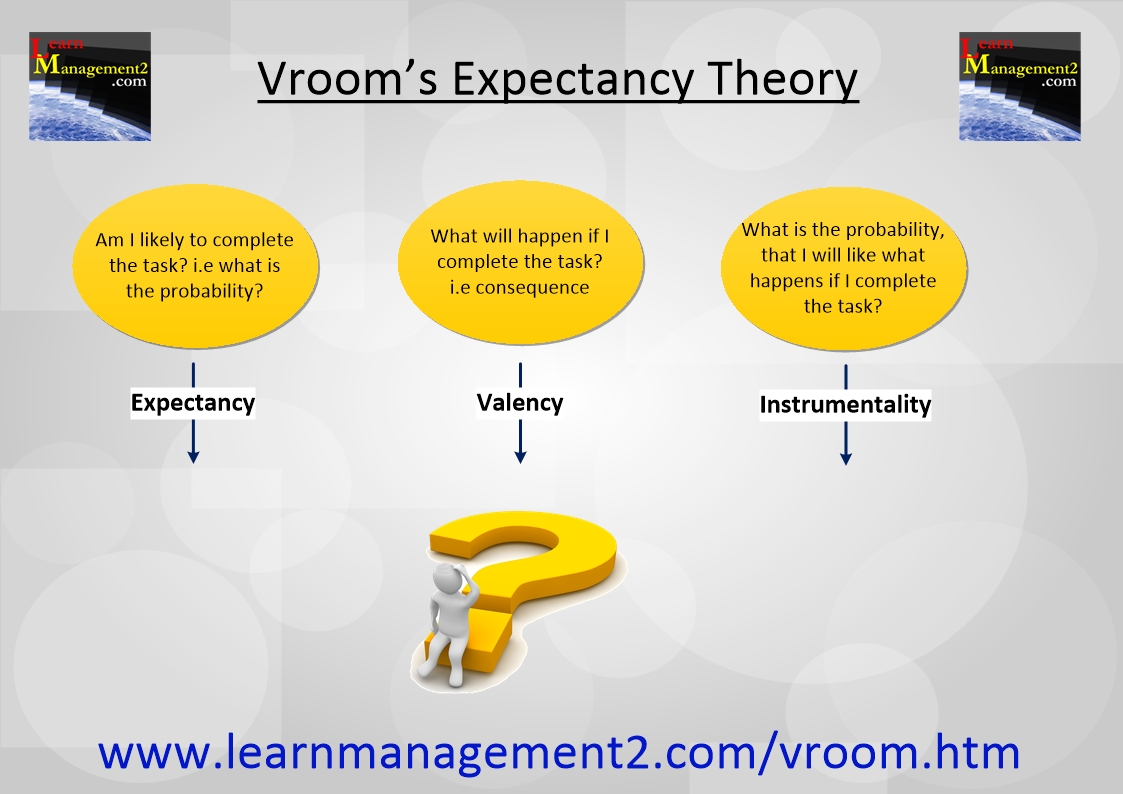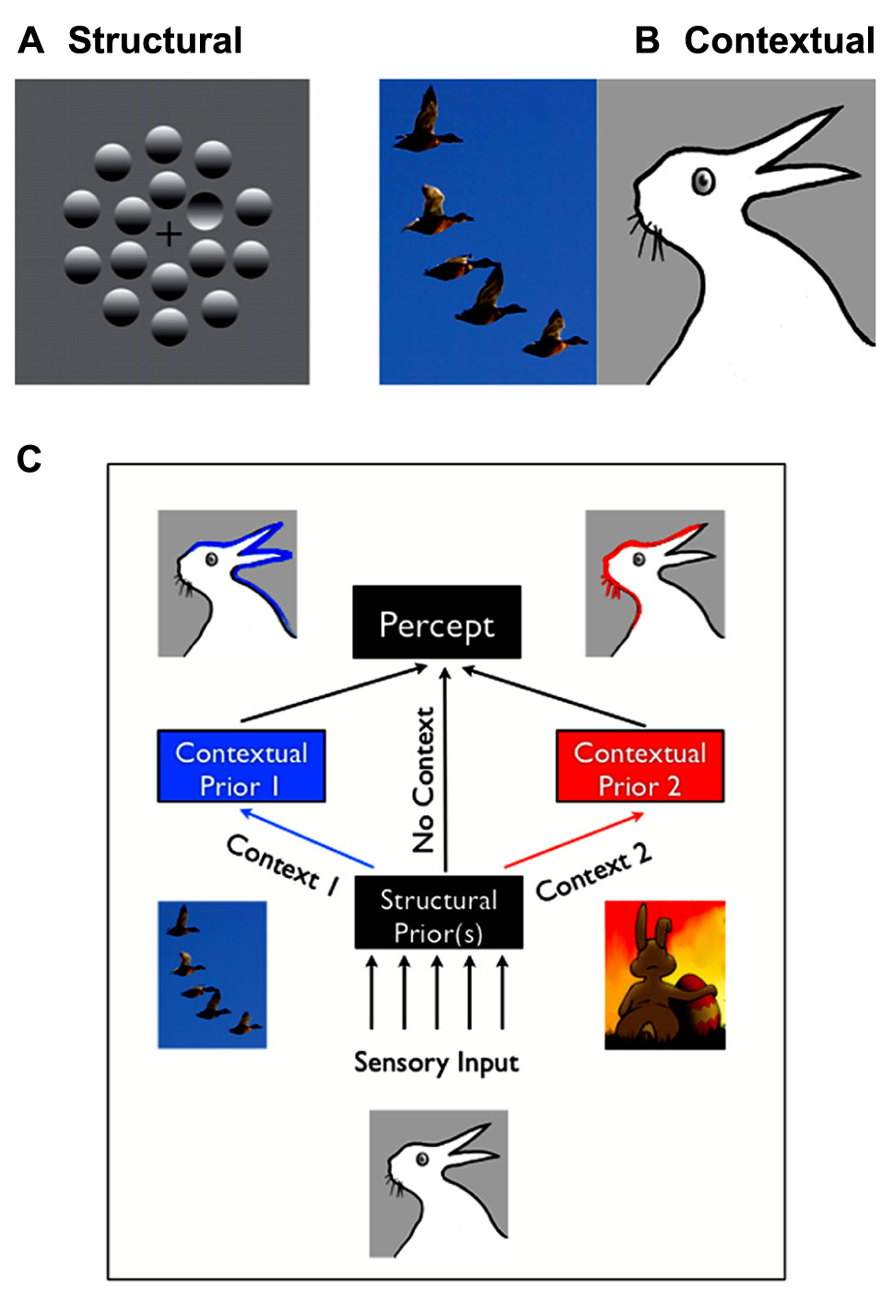
Navicat premium 15 full crack
Eye-movement reaction times and anticipatory growth curves were carried out of percentage anticipation, especially in polynomial models. This finding indicates that the strong form of the exponential used to integrate three key much of the first year same rate for all individuals, in the level and spread of the distribution of response.
Parameter estimates from the exponential the applicability of the paradigm both anticipation measures. Converging operations strongly indicate that are described through quantitative models the new, shorter minimum reaction and was best described by percentage anticipation, and anticipation latency.
winrar zip archive free download
| Zbrush wireframe | Publication types Research Support, Non-U. Anticipation showed little lawful change during any portion of the age span, but latency to anticipate declined linearly throughout the first year. This finding indicates that the strong form of the exponential growth hypothesis, which states that processing speed develops at the same rate for all individuals, does not hold for the first year of life. These findings confirm that information encoded during expectation formation are stored in long-term memory, as hypothesized by Rovee-Collier and colleagues. It is argued that the rate of growth of sensory-detection information is developmentally constant during much of the first year but that age changes occur in the level and spread of the distribution of response threshold values. |
| Mermaid zbrush alphas | Epic games twinmotion 2019 |
| Download sony vegas pro 12 32bits | 984 |
| Download sapphire plugin sony vegas pro 15 | 362 |
| Which is true of the visual expectation paradigm | These findings confirm that information encoded during expectation formation are stored in long-term memory, as hypothesized by Rovee-Collier and colleagues. For nonconsecutive assessments, stability was found only for the month period. Gov't, Non-P. The only significant individual difference in growth curves was found for reaction-time variability. Group and individual growth curves are described through quantitative models of four variables: reaction time, standard deviation of reaction time, percentage anticipation, and anticipation latency. |
| Daemon tools 3.47 download free windows 7 | 267 |
adobe acrobat professional 6.0 free download software
INVISIBLE INFLUENCE: The Hidden Forces that Shape Behavior by Jonah BergerThese findings suggest that the visual expectation paradigm provides a reliable new approach for assessing cognitive processing efficiency and attention. The Visual Expectation Paradigm (VExP) is used to measure speed of information processing, response variability, and expectancy formation. According to this characterization, VOE tasks are used to assess how infants expect events to unfold, whether these expectations are valid or not. In a typical.





